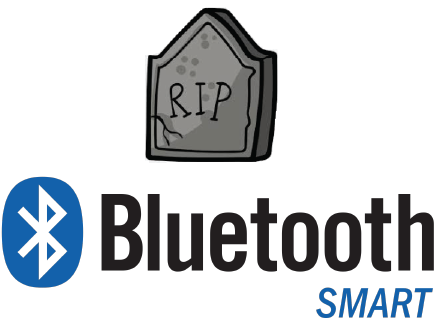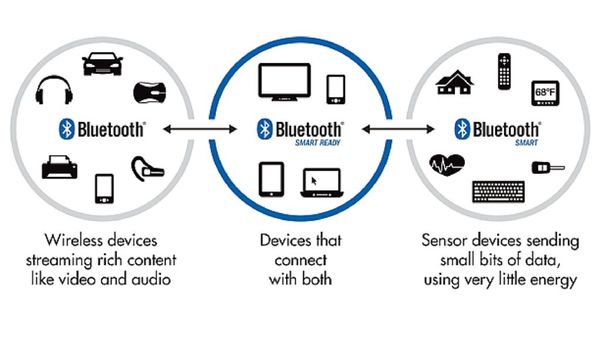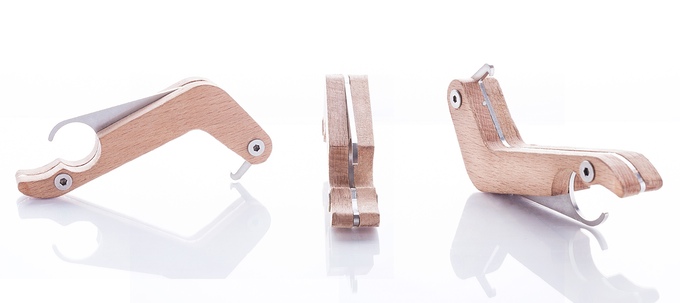

Bluetooth Low Energy was added to Bluetooth in 2010, with the new Bluetooth 4.0 specification. At that time, the Bluetooth SIG wanted to create a marketing campaign to distinguish the different types of Bluetooth. After all, there were 3 possible Bluetooth options in every device:
Bluetooth Low Energy and Bluetooth Classic are not compatible with each other, but both can run together in a device, referred to as Dual Mode Bluetooth.
This presented a marketing problem for the Bluetooth SIG – how do you allow consumers that are buying a product to quickly understand whether it is compatible and what Bluetooth features it has? Because of this, they came up with a way to highlight each device using one of 3 logos that would be placed on products and packaging:

The SIG chose to use the word Smart to convince everyone that adding Bluetooth would add intelligence to devices and as a way to drive adoption. The Bluetooth SIG also didn’t want people to assume that BLE couldn’t perform well, which could have been assumed from Low Energy.
But, like any marketing campaign, the Bluetooth Smart moniker didn’t really catch on. Many tried to use it in products, but in practice almost everyone kept referring to it as Bluetooth Low Energy or BLE (even inside the Bluetooth SIG). Documentation and articles usually kept referring to BLE or Bluetooth LE instead of Bluetooth Smart.
Let’s be honest, Low Energy is much more representative of what BLE is and the initial focus on low energy consumption. Smart sounded to many gimmicky and very generic.
In reality, most consumers didn't and still don't care. Some of this was because Bluetooth in smartphones and tablets is capable of both Classic and BLE, so the differentiation didn't impact them and confusion was very limited. Consumers would buy almost any device and connect it to their phones without a lot of thought. As long as both had Bluetooth, it would work.
After a few years of asking product developers to use Bluetooth Smart, the Bluetooth SIG realized the naming was more of a headache than it was worth. The market had already decided on Low Energy. Few people actually talked about or used it Bluetooth Smart consistently.
They finally decided to abandon Bluetooth Smart a while back and stick to just Bluetooth, with Low Energy keeping the Bluetooth Low Energy naming. Today, the only logo you’re supposed to use as branding is the Bluetooth logo we all know and love.
Enter your email address to subscribe to this blog and receive notifications of new posts by email.



